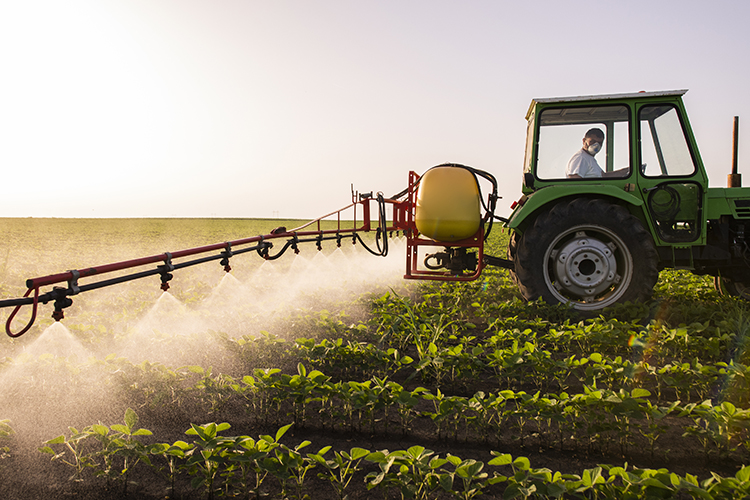/i.s3.glbimg.com/v1/AUTH_37554604729d4b2f9f3eb9ad8a691345/internal_photos/bs/2021/Z/s/Y6unYaRM6Jnm4JLLsBwQ/evtol-divulgacao.jpg)
In less than ten years, Eve Holding, Embraer’s urban air mobility company whose shares started being traded on Tuesday on the New York Stock Exchange (NYSE), may reach the Brazilian plane maker’s current size and become its main business. By current projections, the company is expected to reach revenues of $4.5 billion in 2030, against the $4.2 billion recorded by the aircraft manufacturer in 2021, and be at the head of a market estimated at $760 billion in 2040.
“Embraer has two lines of action: business efficiency and innovation. Eve is an example that this strategy is working,” CEO Francisco Gomes Neto, who attended the opening ceremony at Nyse along with the management team of Eve Holding, told Valor. The company already has non-binding orders for more than 1,800 eVTOLs (electric vertical take-off and landing vehicles), the so-called flying cars, which constitute a potential backlog of $5.4 billion.
Despite the figures, the debut on the American stock exchange was not smooth. Penalized mainly by the increase in interest rates, global inflation and investors’ flight from risky assets, the shares fell 23.5% in the first business session, to $8.66 each, in a movement that was already expected by analysts because of the recent negative performance of other stocks in the industry. In Mr. Gomes Neto’s evaluation, it is relevant the fact that the company has managed to move forward with the operation amid adverse market conditions.
The funds raised in the transaction — an IPO via merger with Zanite Acquisition, a special purpose acquisition company (SPAC) that was already listed at NYSE — were lower than expected. But, according to Mr. Gomes Neto, they are enough to finance Eve’s operation until eVTOL is authorized.
Initially, the estimate was that it would take about $500 million to reach certification of the aircraft, scheduled for 2025. Zanite’s financial partners, however, contributed less funds and Eve Holding raised $377 million. As a result, Embraer holds about 90% of the new company’s capital, compared to just over 80% in the original proposal.
“With more experience in relation to costs [of the project] and with competitive engineering, which is available in Brazil, the vision at this point is that the funds are enough,” the executive said.
According to Mr. Gomes Neto, one of Eve’s major distinctions in relation to its peers is being able to count on Embraer’s support, knowledge and global facilities. Other companies that are developing the so-called flying cars will have to build this structure, he pondered.
In addition, Embraer’s engineering team, which is recognized globally for its competencies, is participating in the development of the eVTOL. “We are confident that Eve’s design is simple and more favorable to operation than other designs,” he said.
The first 1:1 scale Eve prototype is due to take off in Brazil, at the Gavião Peixoto plant, in São Paulo state, in the next few weeks. There is still no decision on where the aircraft will be manufactured, and an international consulting firm has been hired to help define the assembly process. “We are going to make logistics and manufacturing network studies to decide where and how this process will be,” the Embraer CEO said.
In a note, Eve co-CEO Andre Stein called the IPO at Nyse a “historic milestone” in the journey started nearly five years ago by the startup incubated at EmbraerX. “This deal is a key enabler of our mission to become a leader,” he said.
Jerry DeMuro, also co-CEO, pointed out that the non-binding orders signed by major customers, including Azorra Aviation, Falkon Regional Aircraft, Republic Airways and Skywest, “provide powerful validation” of Eve’s business strategy and vision.
With the crisis triggered by the Covid-19 pandemic, which was especially hard on civil aviation, and the cancellation of the company’s commercial aviation sale to Boeing, Embraer had to reduce its operations and adjust to the new market reality. Eve’s success is one of the relevant axes for the company’s resumption of growth.
Source: Valor International

/i.s3.glbimg.com/v1/AUTH_37554604729d4b2f9f3eb9ad8a691345/internal_photos/bs/2022/b/H/Yaz0GBSZKOnCIXVqMFAg/040522gonzalo022.jpg)
/i.s3.glbimg.com/v1/AUTH_37554604729d4b2f9f3eb9ad8a691345/internal_photos/bs/2022/K/O/J5MU4DRbAAX68TwAaXQQ/bancocentral.jpg)

/i.s3.glbimg.com/v1/AUTH_37554604729d4b2f9f3eb9ad8a691345/internal_photos/bs/2021/W/k/Jt4vpAS9CUGD9EebLP7Q/081221joaquimlevy26.jpg)
/i.s3.glbimg.com/v1/AUTH_37554604729d4b2f9f3eb9ad8a691345/internal_photos/bs/2021/l/z/8uAbs9QsGfeKxTOvdrYA/alexandremanoel-gr-3.jpg)
/i.s3.glbimg.com/v1/AUTH_37554604729d4b2f9f3eb9ad8a691345/internal_photos/bs/2022/S/Q/A7vuG2SvqIUhJqIs8fCw/soy-exports-in-paranagua-fabio-scremin-appa.png)

/i.s3.glbimg.com/v1/AUTH_37554604729d4b2f9f3eb9ad8a691345/internal_photos/bs/2022/F/T/PFbNySSoCNJhkEBlV4AA/160322pauloval10.jpg)